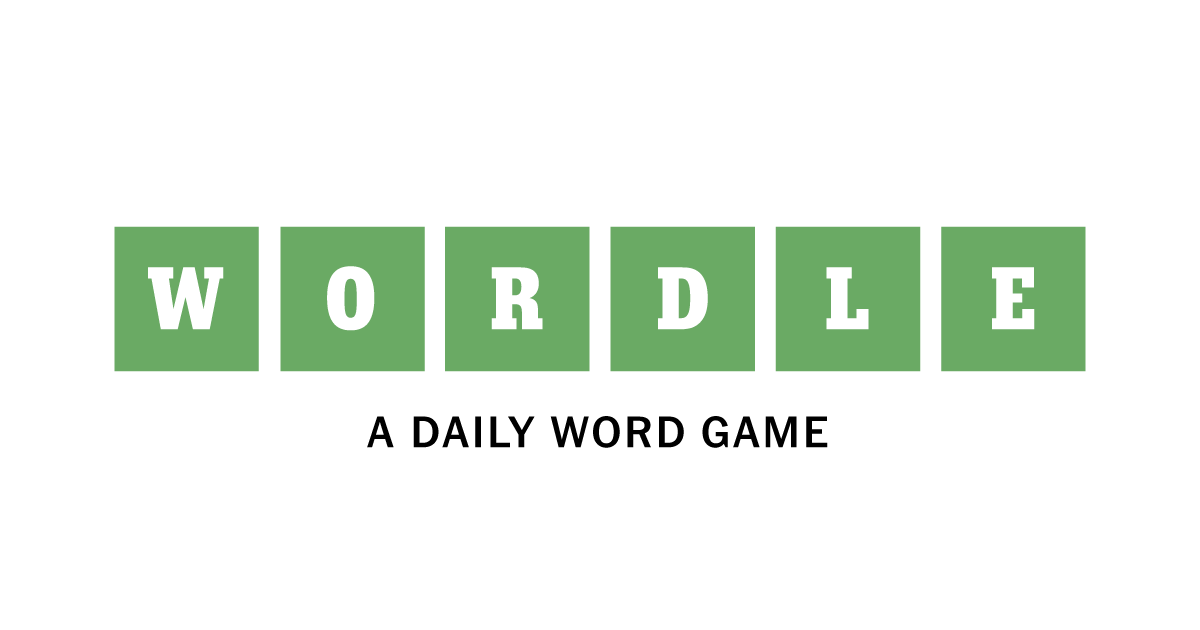Have you ever encountered the wildly popular game [nytimeswordle] and wondered why everyone seems so obsessed? Well, you’re not alone! This simple yet addictive word puzzle has taken the world by storm, captivating millions of players daily. Whether you’re already a fan or just hearing about it for the first time, this article dives deep into the fascinating world of [nytimeswordle]. Let’s explore its origins, how to play, strategies for success, and why it’s become such a cultural phenomenon.
What Is nytimeswordle?
[nytimeswordle] is an online puzzle game where players must guess a secret five-letter word in six tries. Each guess provides feedback on the letters you’ve used—some are correct and in the proper position, while others may belong to the word but are misplaced. Created as a fun brainteaser, the game quickly became a worldwide sensation.
Initially developed by a software engineer named Josh Wardle in 2021, the game was later acquired by The New York Times in early 2022. Since then, it has become a household name, earning the title of one of the most beloved online games.
How Did nytimeswordle Become So Popular?
The rise of [nytimeswordle] can be attributed to its simplicity, accessibility, and social Appeal. Unlike many modern games that require downloads, accounts, or in-app purchases, [nytimeswordle] is free and available on any web browser. Here are a few reasons behind its popularity:
- Daily Challenge: Players are only given one puzzle per Day, making it a shared experience for everyone worldwide.
- Social Media Buzz: The ability to share your results as color-coded grids (without spoilers) on platforms like Twitter and Facebook made it go viral.
- Universal Appeal: It’s perfect for players of all ages and skill levels. Whether you’re a language enthusiast or just looking for casual entertainment, [nytimeswordle] offers something for everyone.
- Quick Gameplay: Each game takes only a few minutes, making it ideal for busy schedules.
In short, [nytimeswordle] has united people through their love for puzzles and words.
How to Play nytimeswordle: A Step-by-Step Guide
Playing [nytimeswordle] is refreshingly straightforward. Here’s a breakdown of how the game works:
- Open the Game: Go to The New York Times website’s official [nytimeswordle] page.
- Make Your First Guess: Type a five-letter word and hit enter. This will be your first attempt to uncover the hidden word.
- Analyze the Feedback:
- Green tiles: Letters are correct and in the proper position.
- Yellow tiles: Letters are in the word but in the wrong position.
- Gray tiles: Letters are not in the word at all.
- Use Logic and Elimination: With the feedback, refine your guesses to narrow down the possible words.
- Solve the Puzzle: You have six tries to guess the correct word. Aim to solve it as quickly as possible!
Tips and Strategies for Mastering nytimeswordle
While [nytimeswordle] is partly a game of luck, skillful strategies can significantly improve your chances of success. Here are some expert tips:
- Start With a Smart First Word
- Choose a word with multiple vowels (like “audio” or “raise”).
- Include common consonants like “R,” “S,” “T,” and “L.”
- Avoid Repeating Letters Too Soon
- DRefrain from wasting guesses by repeating letters you already know are incorrect. Use each attempt to explore new possibilities.
- Focus on Letter Placement
- Pay close attention to yellow tiles—they tell you which letters to include but require careful repositioning.
- Use the Process of Elimination
- If a letter turns gray, mentally cross it off your list. This narrows down the possible words.
- Take Your Time
- While the game is quick, there’s no penalty for thinking things through. Consider all possibilities before making your next guess.
- Practice Makes Perfect
- The more you play, the better you’ll get at spotting patterns and predicting solutions.
The Psychology Behind nytimeswordle’s Appeal
Why does [nytimeswordle] feel so rewarding to play? The answer lies in psychology. The game taps into several cognitive and emotional triggers:
- Dopamine Rush: Successfully guessing the correct word triggers a sense of accomplishment, releasing feel-good chemicals in your brain.
- Sense of Community: Sharing your results online fosters connections with other players, even if you’re miles apart.
- Mental Challenge: The game exercises your brain, improving your vocabulary, logic, and problem-solving skills.
- Daily Ritual: For many, solving the [nytimeswordle] puzzle has become a fun part of their morning routine, much like having coffee.
Fun Facts About nytimeswordle
Here are some interesting tidbits about the game that you might not know:
- The original word list was created by Wardle’s partner, who helped curate a set of around 2,500 five-letter words.
- The game inspired dozens of spin-offs, such as “Quordle” (where you solve four puzzles at once) and “Heardle” (a music-based version).
- There’s only one puzzle per Day, but every player worldwide gets the same one.
How to Improve Your Vocabulary With nytimeswordle
Playing [nytimeswordle] is not just fun—it can also be educational! Here’s how it helps you build a more robust vocabulary:
- Exposure to New Words: You’ll encounter words you’ve never seen before, expanding your language skills.
- Critical Thinking: Guessing based on patterns and feedback improves your ability to analyze and deduce.
- Memory Recall: Remembering previous guesses and applying logic sharpens your mental agility.
For students and language learners, [nytimeswordle] can be an engaging way to practice spelling, word recognition, and creative thinking.
Comparing [nytimeswordle] to Other Word Games
How does [nytimeswordle] stack up against other popular word games? Let’s take a look at the table below:
Feature[nytimeswordle]ScrabbleCrossword Puzzles
Daily Puzzle Yes No Yes
Time Commitment 5-10 minutes 30-60 minutes 20-30 minutes
Multiplayer Option Indirect (sharing results) Yes No
Vocabulary Learning High High Moderate
Accessibility Free, browser-based Physical/online Print/online
As you can see, [nytimeswordle] stands out for its simplicity and universal accessibility.
Why nytimeswordle Matters in Today’s Digital World
In an age dominated by fast-paced apps, social media, and endless notifications, [nytimeswordle] offers a refreshing break. It encourages mindfulness and focus while fostering human connection through shared experiences. Plus, it’s proof that even the most uncomplicated games can bring immense joy and excitement.
Unlike many games emphasizing competition or high scores, [nytimeswordle] is more about personal achievement and communal fun. It’s a testament to the fact that sometimes, less is more.
Final Thoughts on nytimeswordle
From its humble beginnings to its status as a global phenomenon, [nytimeswordle] has indeed left its mark on online gaming. Its charm lies in its simplicity, accessibility, and ability to bring people together in a digital space. Whether you’re a casual player or a devoted fan, there’s no denying the joy that solving a puzzle can bring.
So, the next time you find yourself looking for a quick, stimulating challenge, try [nytimeswordle]. Who knows? You might just become the next puzzle-solving superstar.



